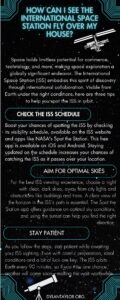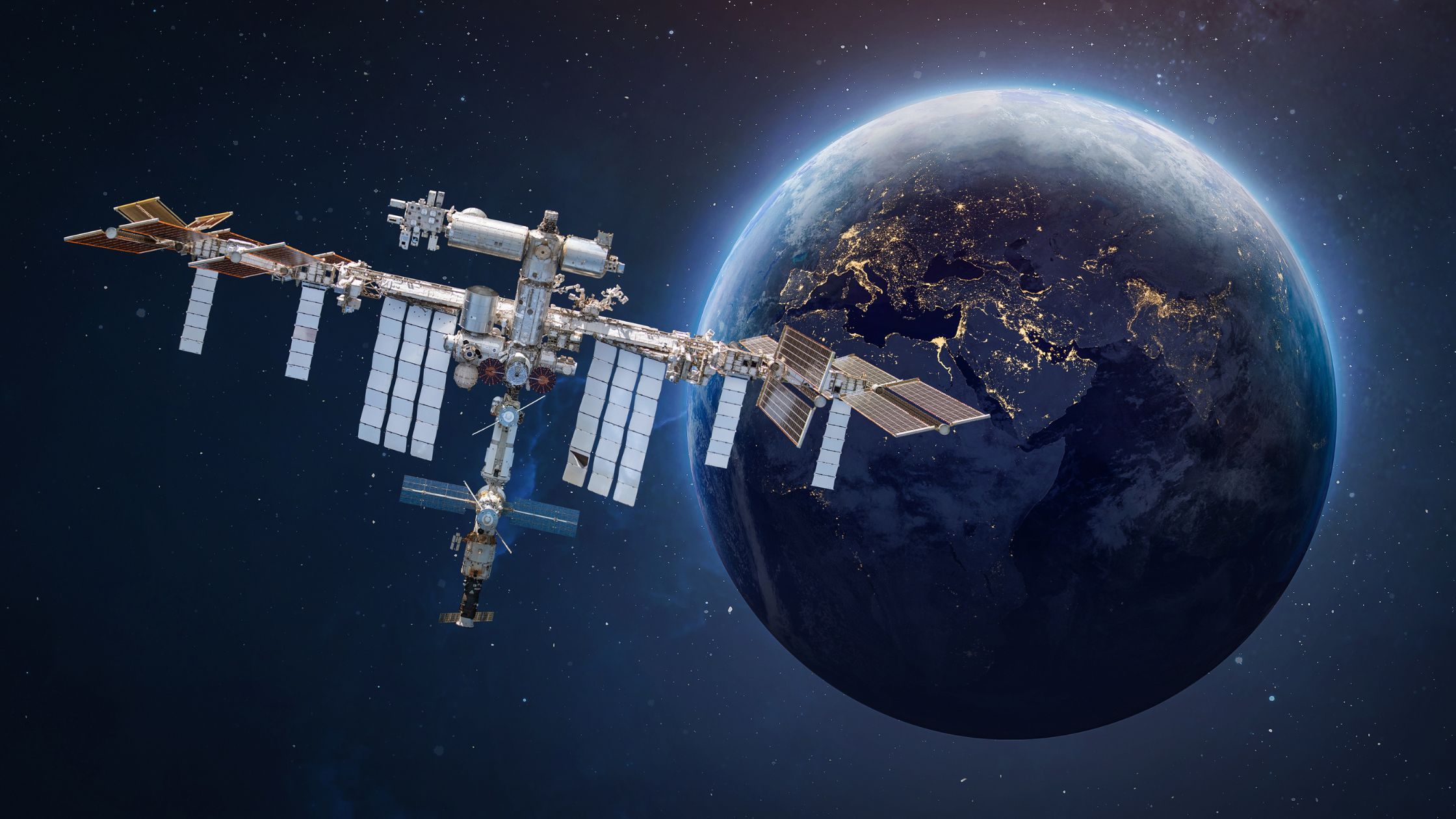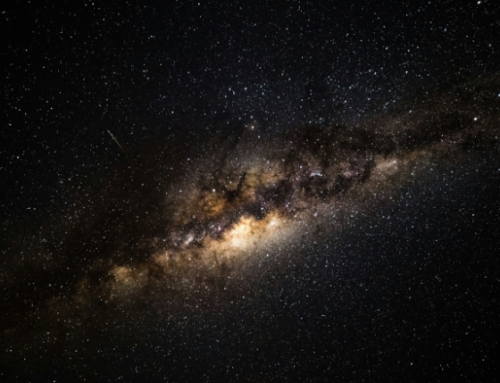Space is our greatest frontier, holding limitless potential for commerce, technology, ecology, and countless other focal points defining our very existence. As a result, space research and exploration is an ongoing and globally relevant endeavor with vast potential. There is perhaps no better embodiment of this fact than the International Space Station (ISS), the largest modular entity of its kind in low Earth orbit. This meshing of international space agencies is a testament to discovery rooted in collaboration.
Thanks to its comparatively low altitude and impressive size, the ISS is regularly visible from Earth in the right conditions, and witnessing it can be an exhilarating experience. If you are interested in seeing the ISS in orbit, here are three quick tips to increase your chances of a successful sighting.
Check the ISS Schedule
The easiest way to boost your chances of seeing the ISS is to check its public visibility schedule. You can now access this information through a variety of resources, including the ISS’s website and a variety of other sites and apps – including NASA’s recently launched Spot the Station app, which is free a download offered through iOS and Android. By staying versed in the ISS’s schedule, you will give yourself a better opportunity to see the entity the next time it passes over your location.
Aim for Optimal Skies
The ISS is most visible in clear, dark skies, so you will want to pick a night relatively free of cloud cover and light interference. If possible, aim to base your viewing away from metropolitan areas and highways, and mitigate obstructions like tall buildings and trees. A clear view of the horizon in the ISS’s path is crucial to achieving your goal. The Spot the Station app – and its contemporary resources – should provide clear sky viewing instructions, but if you are unsure of your directions, use the sunset to reestablish bearings.
Stay Patient
As you apply the previous steps, remember to stay patient as you await your ISS sighting. Even after you have made the necessary preparations and gained the appropriate insight, some of the ISS viewing process will hinge on ideal conditions and a little luck. However, catching a glimpse of the ISS is worth the wait; the station orbits Earth roughly every 90 minutes, so if you miss one opportunity, be sure to stay the course.







